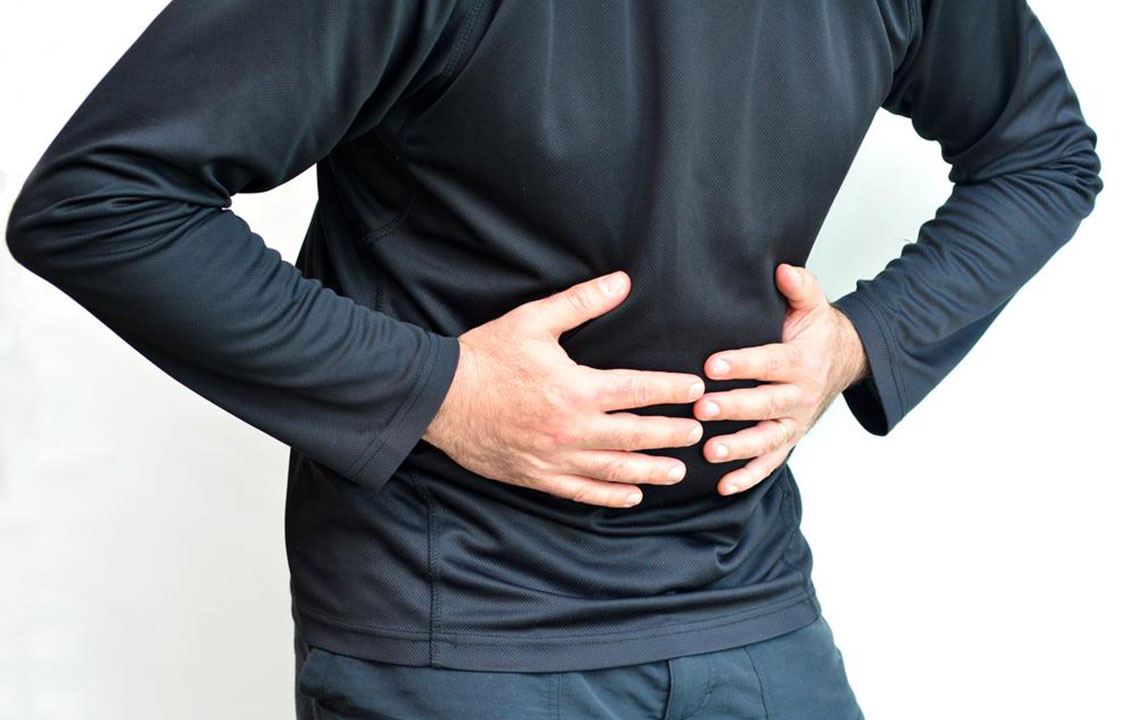Know about the Common Symptoms of Gallbladder Pain
To know if you’re experiencing gallbladder pain symptoms, it is important to first understand what a gallbladder is and what are its functions. The gallbladder is a tiny pouch-like structure underneath the liver which is considered to be a part of the biliary system of your body. This tiny pouch, when full like an inflated balloon around 4 inches, contains a yellowish-brown liquid called bile, which is an essential fluid in the human body that helps in the digestion and breaking up of fatty foods in your small intestine.

When you experience gallbladder pain symptoms, you may feel a tenderness under the rib cage on the right side, bloating, gas, stools that are light or chalky colored, burping or belching, fatty stools, pain between shoulder blades, indigestion—especially after eating fatty or greasy foods, constipation or need to use laxatives frequently, diarrhea, headache over eyes—especially on the right, feeling of fullness or difficulty in digesting food, bitter fluid comes up after having food, vomiting, nausea, dizziness, and the like.
A low, severe, or radiating pain is one of the most common gallbladder pain symptoms occurring near the mid-upper right section of the abdomen. A radiating pain can go to other areas of the body, such as the back and chest. Other common gallbladder pain symptoms include nausea and vomiting; however, in some severe cases, it may even cause some digestive problems, such as acid reflux, gas, nausea, and vomiting. Chronic diarrhea, meaning more than four bowel movements per day, for a long duration of at least three months is one of the common gallbladder pain symptoms.
Unexplained fever and chills may mean that the body is at risk of an infection. This may be dangerous and needs immediate medical attention before it leads to more issues. If left ignored, then this may become life-threatening as there may be a risk of the infection spreading to other parts of the body. This may also lead to jaundice in some cases, where the yellow skin tone may be a sign of a bile duct blockage or stone. A dark urine with a lighter colored stool may also indicate a duct blockage in your system.
Some of the above gallbladder pain symptoms are very similar to common symptoms of indigestion, and hence it is quite possible that you may not know that you have a gallbladder issue. The best way to detect the gallbladder issues is but getting an abdominal ultrasound, HIDA scan, abdominal X-ray, endoscopic ultrasound, magnetic resonance cholangiopancreatography (MRCP), and endoscopic retrograde cholangiopancreatography (ERCP). If any of the above tests do detect any issues related to your gallbladder, then it’s essential to get in touch with a medical practitioner as soon as possible.
Some common conditions that may arise out of gallbladder pain are that you may have gallstones or cholecystitis (most common) or maybe even gallbladder cancer or gallstone pancreatitis. Gallstones occur when at times the substances in bile stored in the bladder solidify or crystallize. Even though this is harmless, it eventually may lead to nausea, inflammations, and gallbladder pain. Many people who have a gallstone may be unknown to the fact as these may develop and go undetected for many years. These grow from a millimeter to few centimeters and as it increases in its size it starts to block the ducts and channels leading to the gallbladder. Obesity is also linked with a higher risk of formation of a gallstone, and hence it is very important to stay in shape and have a balanced diet with small and frequent meals and lead a healthy lifestyle overall. It’s not just an issue with obesity, but it is also seen in some cases that a rapid loss in body weight has also shown to increase the risk of gallstones, so a balanced and routine workout is recommended and not an all-out instant weight reduction method.
Cholecystitis builds on the gallstone in the gallbladder in the form of an infection. In recurring cases, it may be treated through surgery; however, in most cases, it causes fever and severe pain in the abdominal area. Gallstone pancreatitis happens when the impact of the gallstone is such that it happens to be blocking the ducts that drain the pancreas, which leads to an inflammation of the pancreas and becomes a serious health issue. Another issue, though rare but quite possible, is the gallbladder cancer, this is very difficult to treat and may be discovered only in the later stages of the disease.
It is essential that you stay proactive on the health front and not ignore these small signs that may lead to surgeries or life-threatening situations for you later on in life.